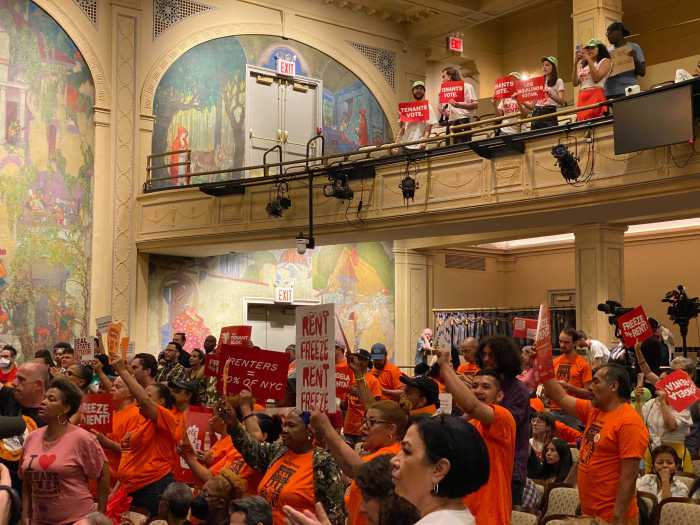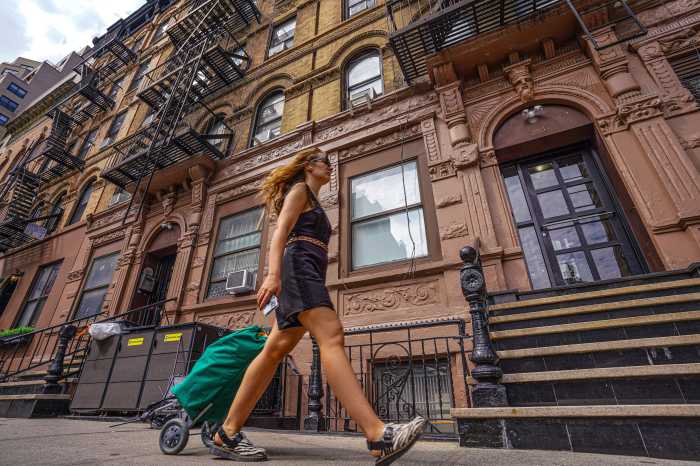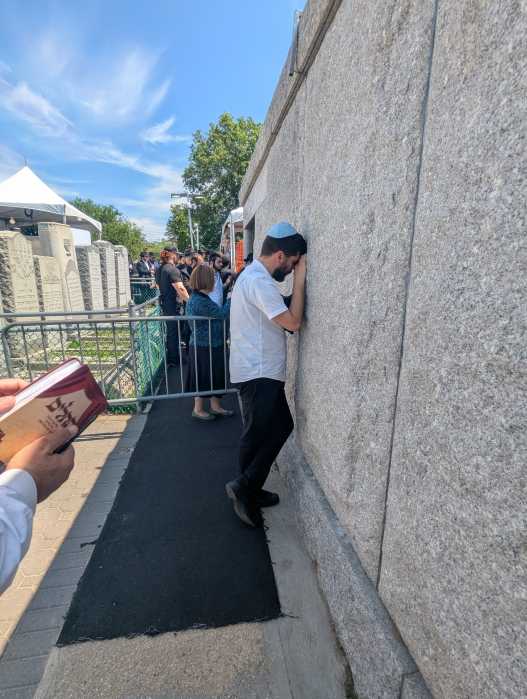
New Yorkers are spending far too much on initial rent payments, according to a report released Sunday by the city controller’s office.
And Scott Stringer is pushing the city and state to provide those renters with relief.
Stringer’s report found that 300,000 households spent a combined $507 million in first month’s rent and security deposits in 2016.
With the city’s median rent at $2,695, those initial payments are eating up the savings of the lowest income renters, some of whom are spending as much as 25 percent of their income, according to the comptroller.
“Every day, New Yorkers are working harder and saving less — and right now, huge portions of their annual incomes are being held hostage in security deposits,” Stringer said in a statement.
The average NYC renter spends about 6 percent of their annual income covering the upfront costs when moving into their apartment. In 15 neighborhoods, including Greenpoint, Harlem and Hunts Point, renters are paying between 10 and 15 percent, the report said; and in some neighborhoods with higher median rent, such as Claremont and Mott Haven, low-income renters are forced to spend up to 25 percent of their annual income.
Stringer said that money is locked in no- or low-interest bank accounts and, on some occasions, aren’t returned to the tenant when they move out, leaving millions of dollars wasted.
The report put forward several recommendations to the state and city to give renters more relief. It called for a cap on security deposits at one month’s rent for all one-year leases in the city, similar to policies implemented in Massachusetts, Hawaii and other states.
Stringer also called for offering tenants more options, including paying the security deposit in monthly installments or not requiring a deposit when tenants purchase security insurance coverage.
“For too long, the deck has been stacked against New York’s working-class renters but we’re taking a step forward to re-imagine how the housing system works in our city,” he said in a statement.
The report also called for the creation of a “tenant protection system” where a third-party arbitrator would manage security deposit funds.
Tyrone Stevens, a spokesman for Gov. Andrew Cuomo’s office, said they would consider Stringer’s recommendations.
“Comptroller Stringer has raised a critical issue in this report which contributes to New York City’s massive affordability challenges,” Stevens said in a statement.
Representatives from the Real Estate Board of New York were not immediately able to comment on the comptroller’s recommendations.
Representatives from the mayor’s office and the state legislature didn’t return messages for comment.
Cost of relocating within community
Percentage of median household income needed to pay first month’s rent and security deposit in area:
- Hunts Point, Longwood and Melrose: 15.8 %
- Brownsville and Ocean Hill: 15.2 %
- East Harlem: 15.2 %
- Belmont, Crotona Park East and East Tremont: 14.6 %
- Chinatown and Lower East Side: 14.2 %
Note: The comptroller’s office looked at the median asking rent in each area, assumed security deposits amounted to one month of rent and then calculated how much of the area’s median annual income would be needed to pay for one month’s rent plus a security deposit.




































